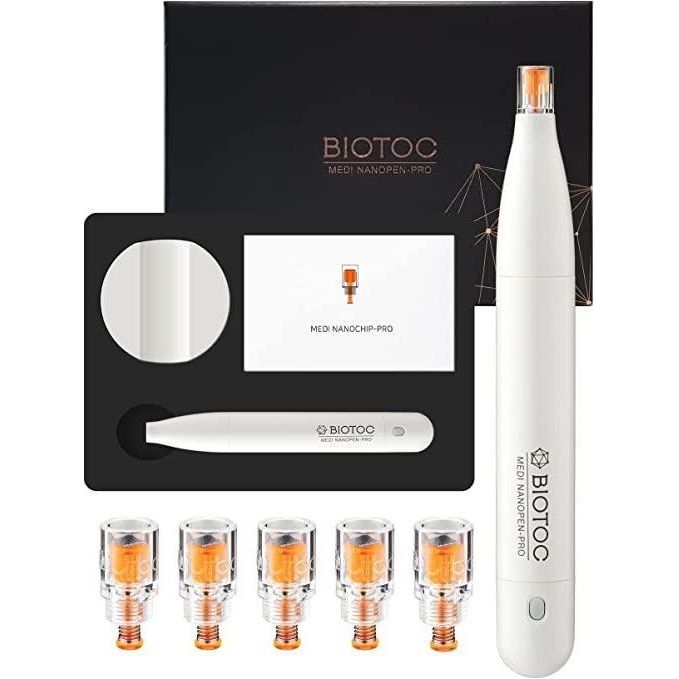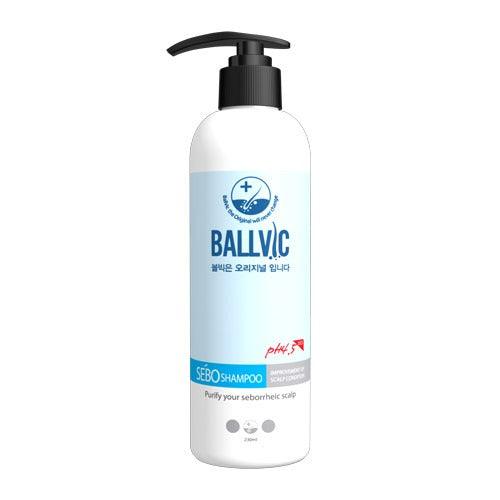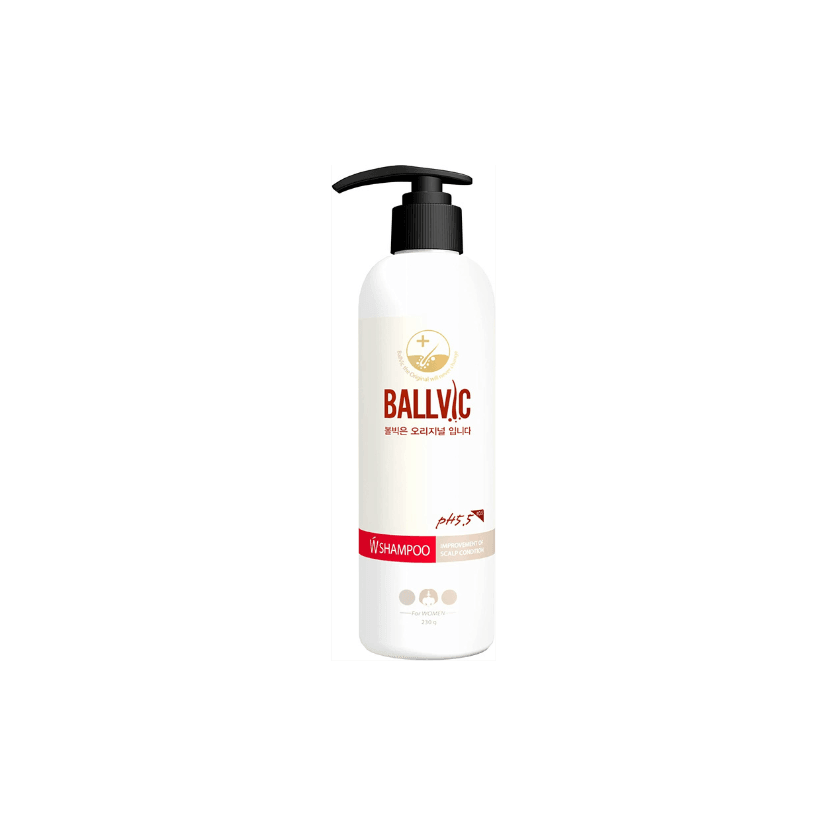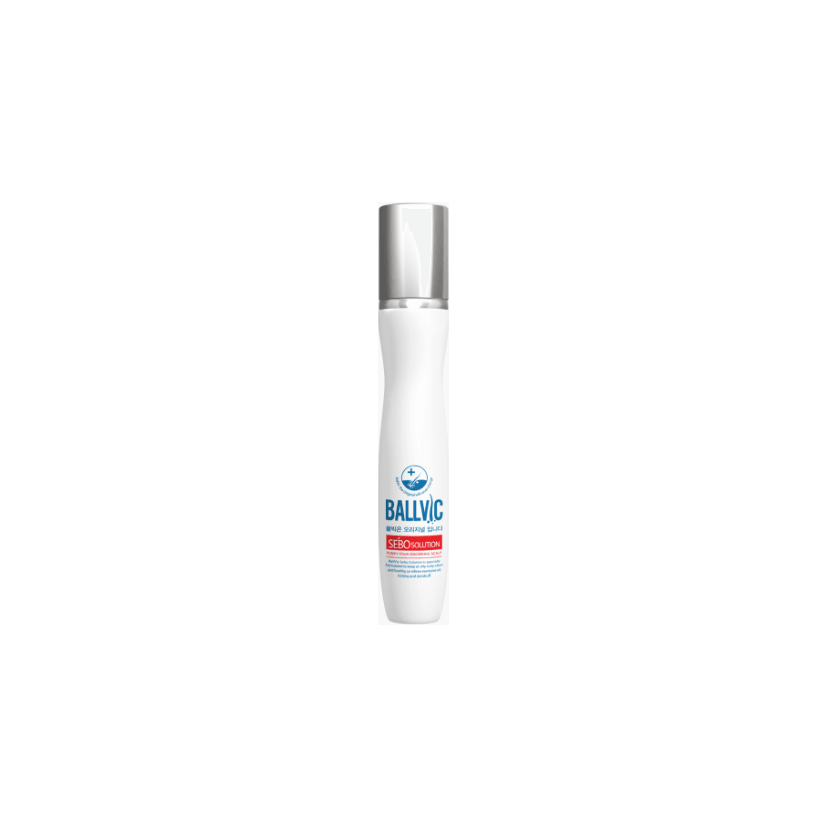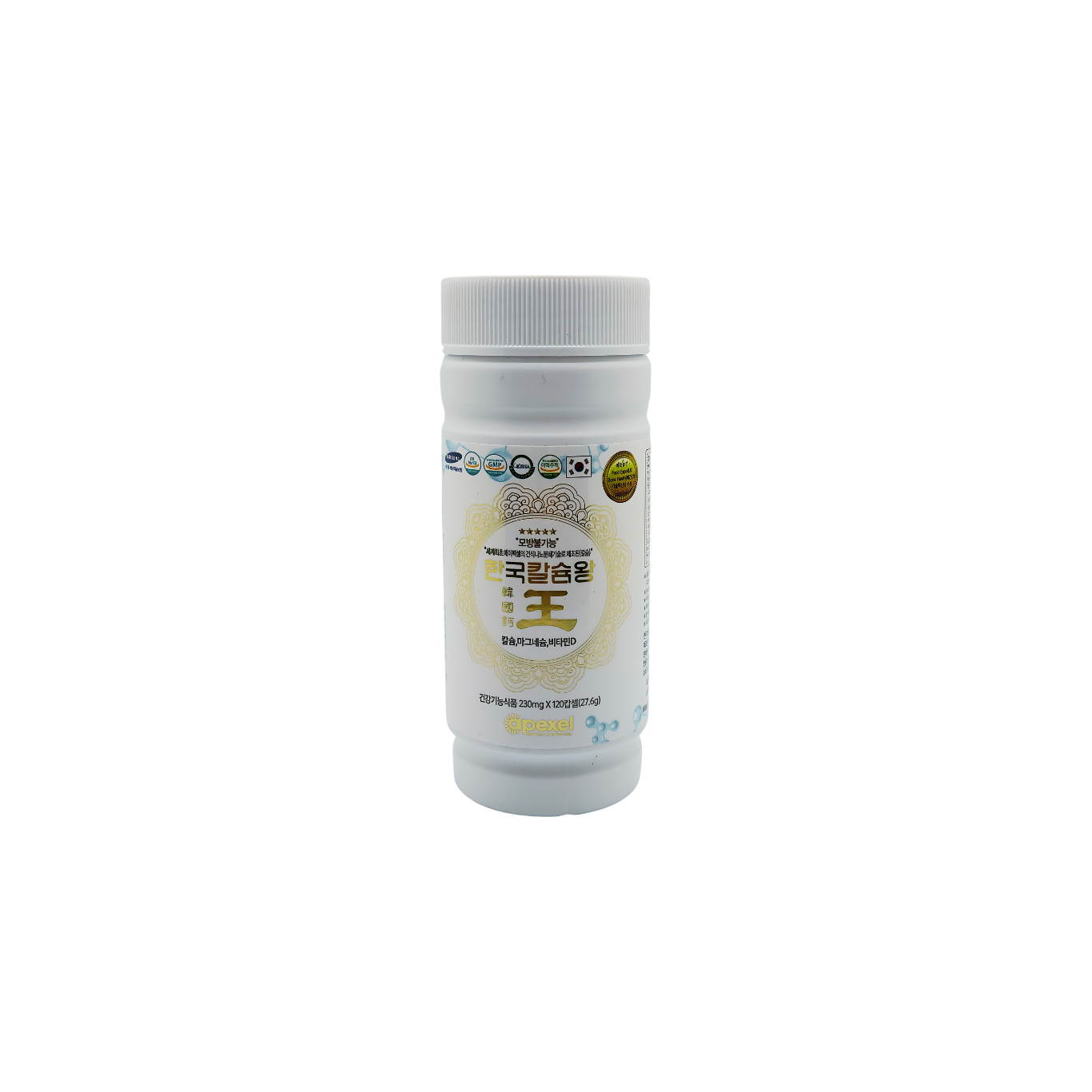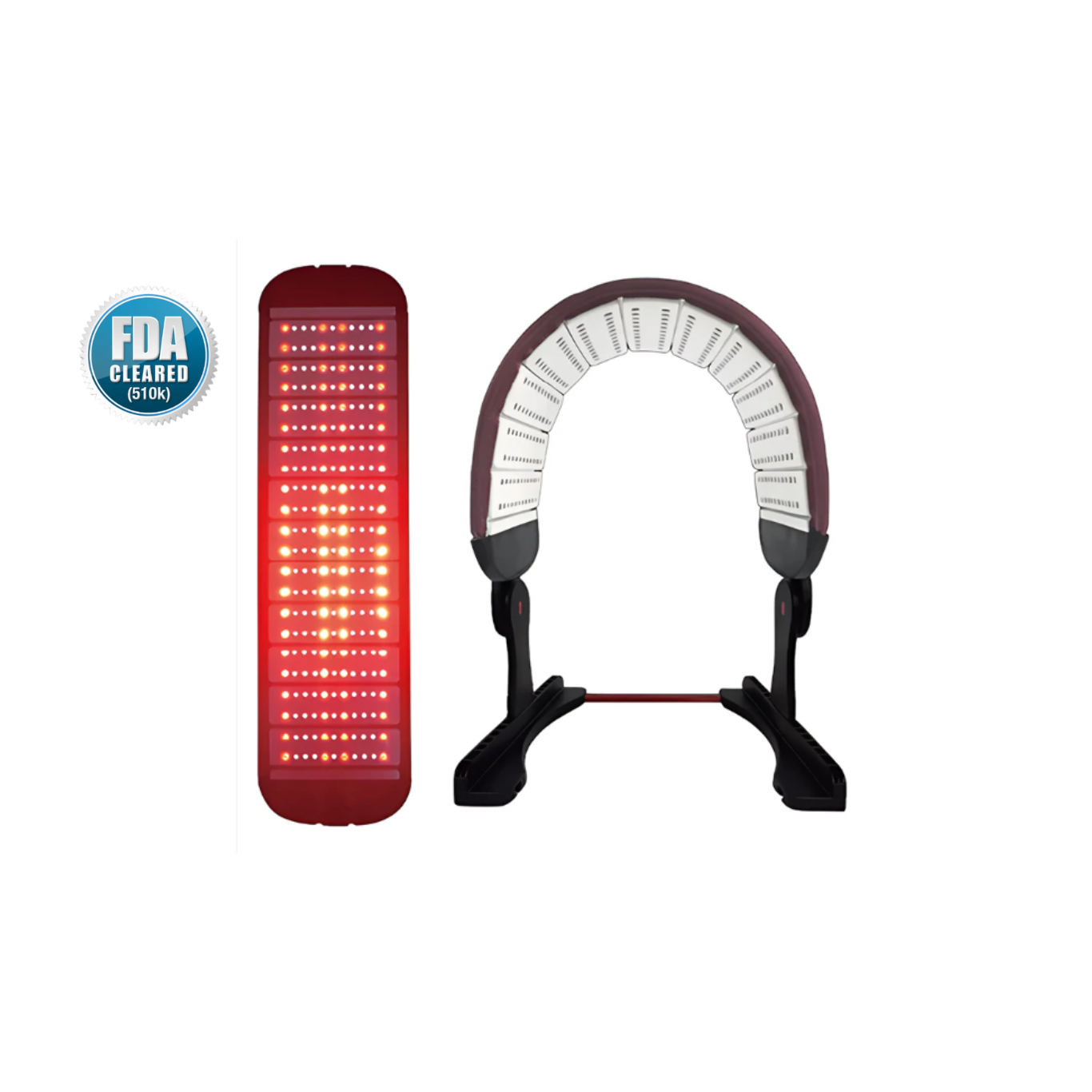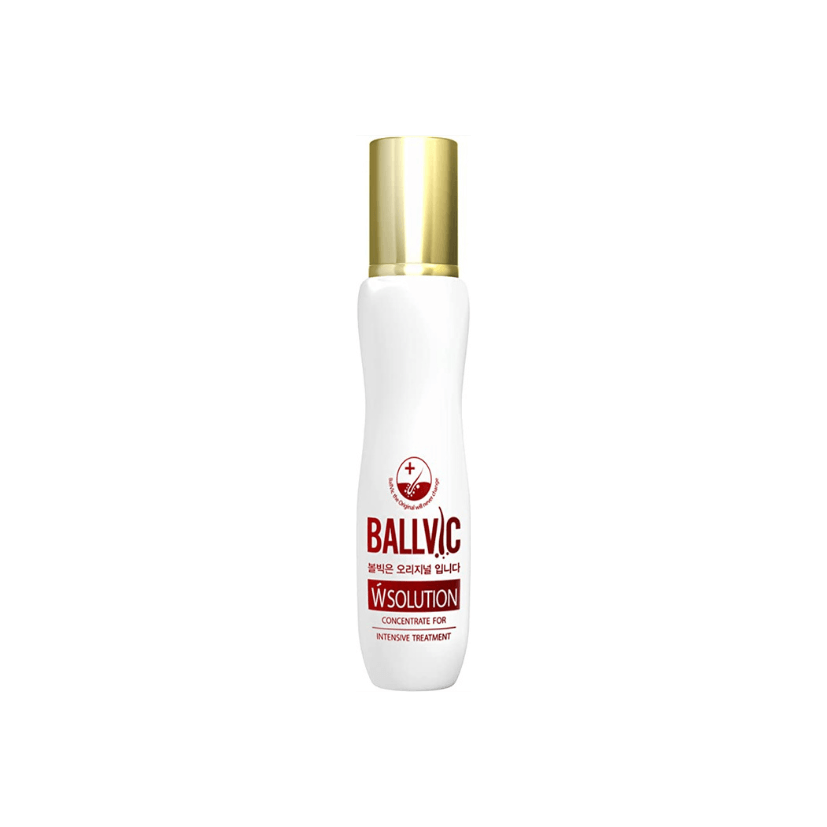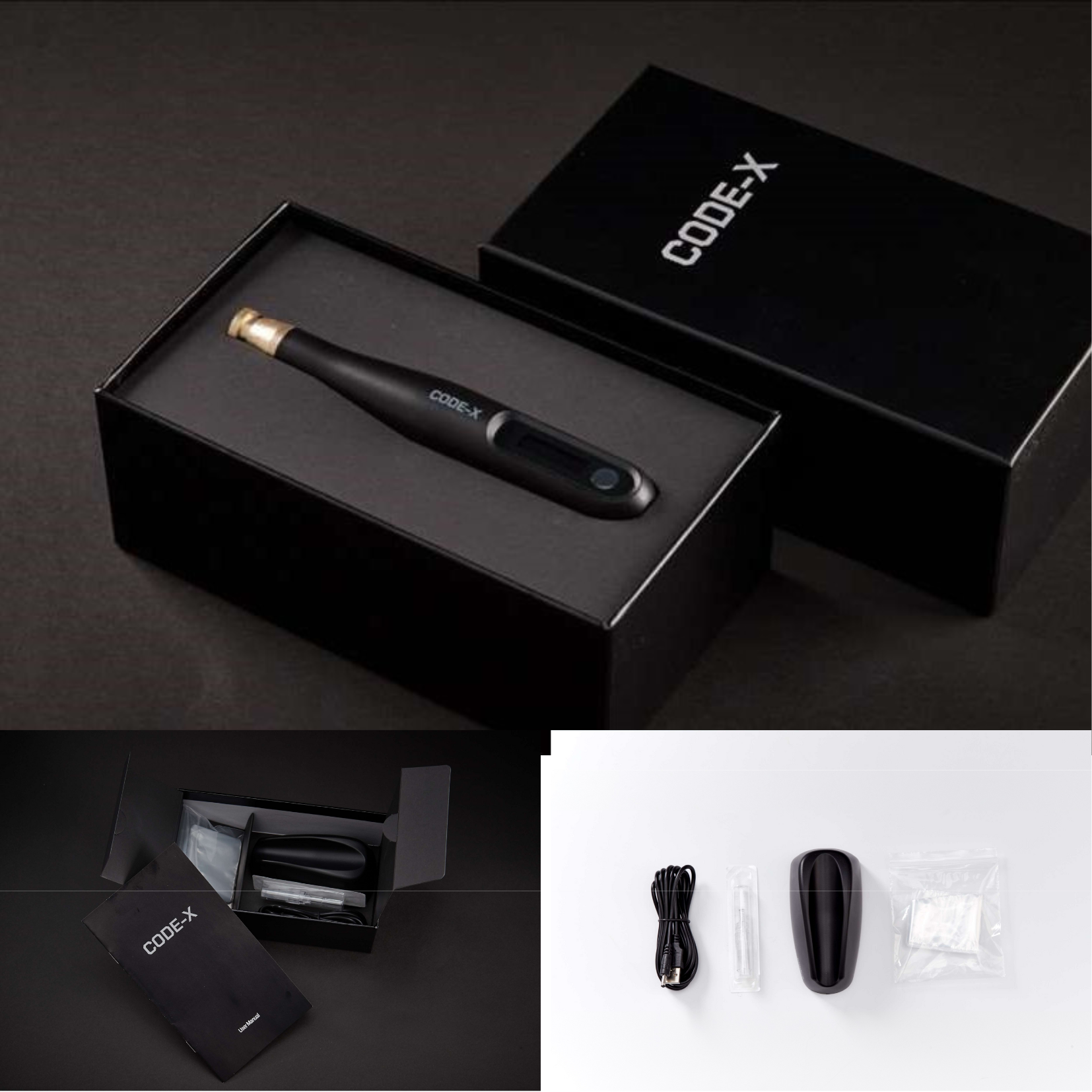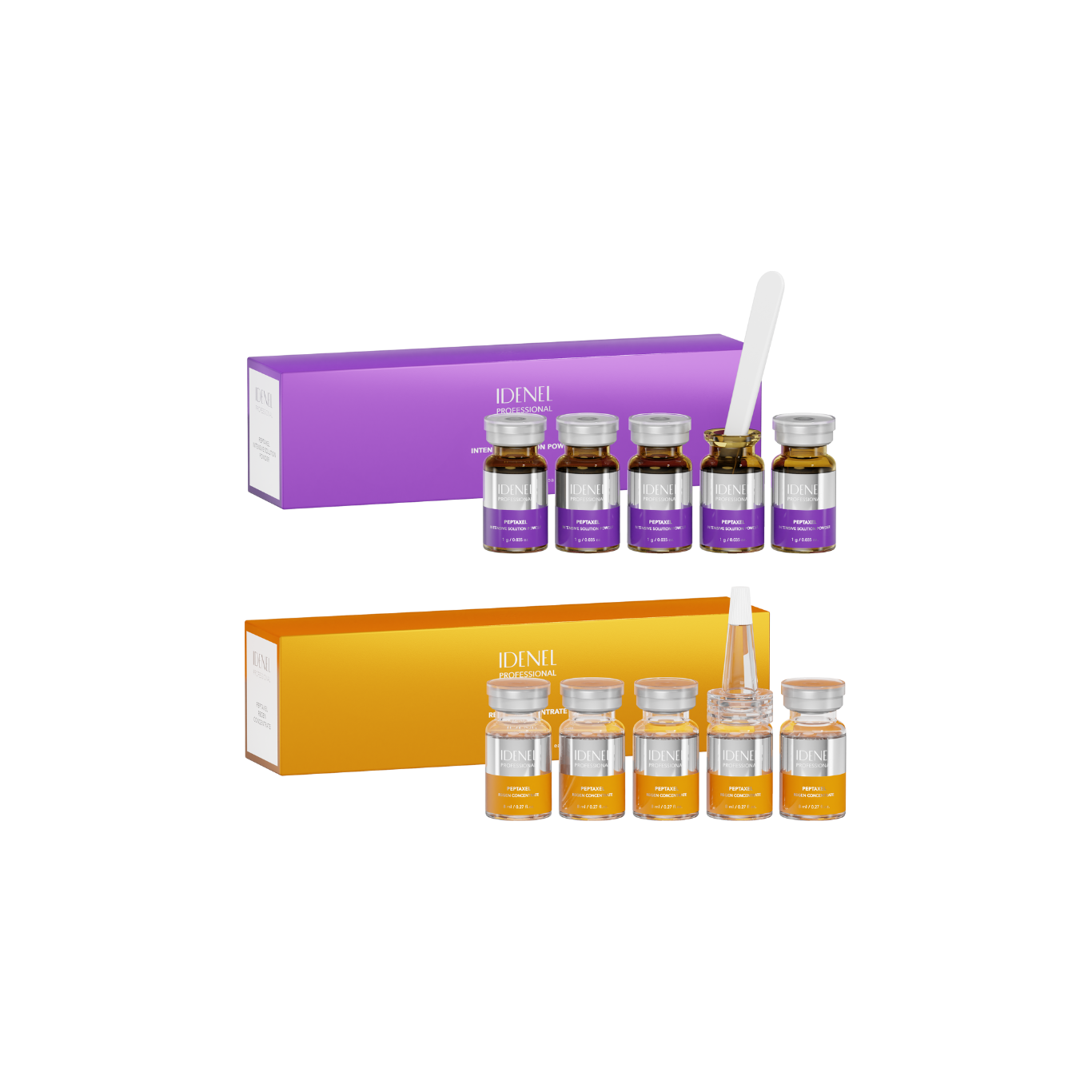 Throughout history, female scientists have made extraordinary contributions to science, such as Rosalind Franklin, who helped develop the structure of DNA, or Rachel Carson, who catalyzed the environmental movement with her book Silent Spring. However, very few women have won the Nobel Prize for their scientific achievements. Instead, men were honored for their discoveries, and women were left on the sidelines. Why have only 22 women been awarded a Nobel Prize in science, one of the most prestigious awards given to people who have made significant contributions to the field? The answer lies in implicit bias that women have been fighting for centuries. This stereotype that “women are bad at math” or “don't like science” creates barriers, blocking women from entering the industry. Since the stereotypes are reinforced early on, young girls who might pursue a career in the STEM field are left discouraged. Additionally, these implicit biases cause women to receive less credit for their work. For example, publications by women take almost twice as long to be reviewed, and many women are pressured to use their surname in order to prevent gender bias. These factors have led to the underrepresentation of women in STEM, but in recent years, we’ve seen a shift in gender balance.
Throughout history, female scientists have made extraordinary contributions to science, such as Rosalind Franklin, who helped develop the structure of DNA, or Rachel Carson, who catalyzed the environmental movement with her book Silent Spring. However, very few women have won the Nobel Prize for their scientific achievements. Instead, men were honored for their discoveries, and women were left on the sidelines. Why have only 22 women been awarded a Nobel Prize in science, one of the most prestigious awards given to people who have made significant contributions to the field? The answer lies in implicit bias that women have been fighting for centuries. This stereotype that “women are bad at math” or “don't like science” creates barriers, blocking women from entering the industry. Since the stereotypes are reinforced early on, young girls who might pursue a career in the STEM field are left discouraged. Additionally, these implicit biases cause women to receive less credit for their work. For example, publications by women take almost twice as long to be reviewed, and many women are pressured to use their surname in order to prevent gender bias. These factors have led to the underrepresentation of women in STEM, but in recent years, we’ve seen a shift in gender balance.
Now, women are more integrated into science and are recognized for their work. Over the course of the last decade, the number of Nobel Prizes given to women has greatly increased. In 1901 -1920, only 4 women were awarded the Nobel Prize, whereas, in 2001-2019, 24 women were recognized. Recently, in 2018, Donna Strickland, a female scientist from Canada, was awarded the prize in physics, becoming the third female recipient after Marie Curie (1903, 1911) and Maria Goeppert Mayer (1963). Additionally, younger women are being introduced to the field, and are making strides in the scientific community. Shree Bose, Brittany Wenger, Olivia Hallisey, and Ann Makosinski, are all brilliant teenagers who have been awarded and received recognition through the Google Science Fair. This contest not only gives its winners international acclaim but also opportunities to pursue more of the science field. With more advancements like these, there has been a major improvement in engaging women in the science field. However, there is still much to be done, and recognizing women in STEM must continue.
Visit our pages:
